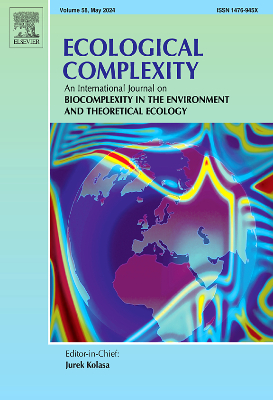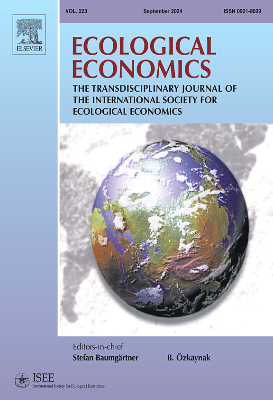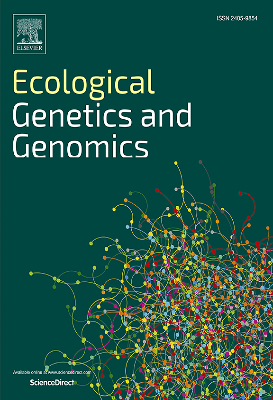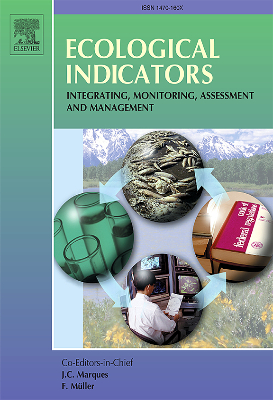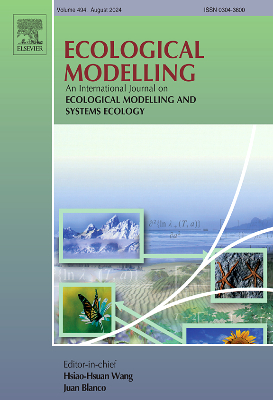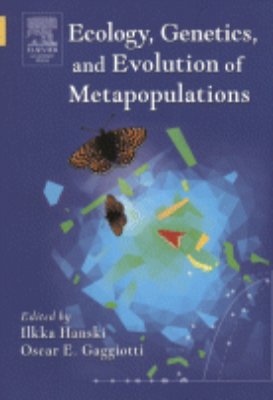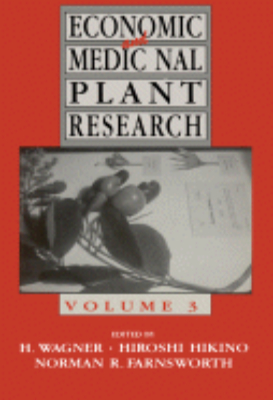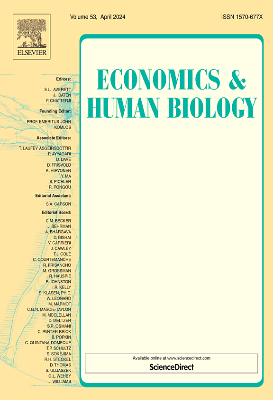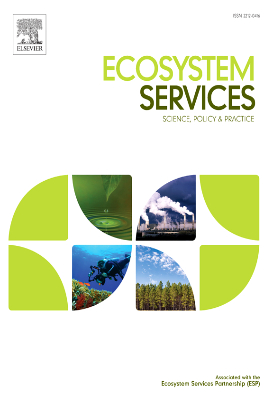E-Resources
Digital Terrain Analysis in Soil Science and Geology
Digital Terrain Analysis in Soil Science and Geology, Second Edition, synthesizes the knowledge on methods and applications of digital terrain analysis and geomorphometry in the context of multi-scale problems in soil science and geology. Divided into three parts, the book first examines main concepts, principles, and methods of digital terrain modeling. It then looks at methods for analysis, modeling, and mapping of spatial distribution of soil properties using digital terrain analysis, before finally considering techniques for recognition, analysis, and interpretation of topographically manifested geological features. Digital Terrain Analysis in Soil Science and Geology, Second Edition, is an updated and revised edition, providing both a theoretical and methodological basis for understanding and applying geographical modeling techniques.
Digital Terrain Analysis in Soil Science and Geology: 2012
Digital Terrain Analysis in Soil Science and Geology provides soil scientists and geologists with an integrated view of the principles and methods of digital terrain analysis. Its attention to first principles and focus on error analysis makes it a useful resource for scientists to uncover the method applications particular to their needs. Digital Terrain Analysis in Soil Science and Geology covers a wide range of applications in the context of multi-scale problems of soil science and geology.
Disease Resistance in Plants
Disease Resistance in Plants, Second Edition, looks at genetic, epidemiologic, biochemical, and biometric principles for developing new cultivars possessing genetic resistance to diseases. It examines the nature of disease resistance and resistance genes, and it highlights the importance of stabilizing selection, sugar, biotrophy, and necrotrophy to obtain the greatest possible yields. Organized into 17 chapters, this volume begins with an overview of disease resistance in plants and the ways to develop disease-resistant variants. It then discusses unspecific resistance; the resistance gene paradox; susceptibility and resistance within narrow host taxa; phenotypic variation and gene numbers in host plants; discontinuous variation and cytoplasmic inheritance; and experimental difficulties in partitioning variance. The reader is also introduced to epistasis and the structure of virulence in pathogens; the notion of physiological race; how the pathogen adapts to the host; mutation in the pathogen from avirulence to virulence; horizontal and vertical resistance to disease and its epidemiological effects; and the link between protein polymorphism and vertical resistance. In addition, the book discusses genes for susceptibility in the host versus genes for avirulence (or virulence) in the pathogen; sink-induced loss of resistance; high-sugar disease processes and biotrophy; slow rusting of cereal crops; plant resistance against endemic disease; and the accumulation of resistance genes in heterogeneous host populations. This book will be useful to plant pathologists and plant breeders.
Drug Discovery in Cancer Epigenetics
Drug Discovery in Cancer Epigenetics is a practical resource for scientists involved in the discovery, testing, and development of epigenetic cancer drugs. Epigenetic modifications can have significant implications for translational science as biomarkers for diagnosis, prognosis or therapy prediction. Most importantly, epigenetic modifications are reversible and epigenetic players are found mutated in different cancers; therefore, they provide attractive therapeutic targets. There has been great interest in developing and testing epigenetic drugs, which inhibit DNA methyltransferases, histone modifying enzymes or chromatin reader proteins. The first few drugs are already FDA approved and have made their way into clinical settings. This book provides a comprehensive summary of the epigenetic drugs currently available and aims to increase awareness in this area to foster more rapid translation of epigenetic drugs into the clinic.
Earth Reinforcement and Soil Structures
Earth Reinforcement and Soil Structures provides a coverage of the basic aspects of reinforced soil. The book is comprised of 12 chapters that cover the theoretical elements up to the practical applications. The first two chapters provide the introduction and historical review of the subject of reinforced soil. The third chapter presents a catalogue of some of the application areas for the use of earth reinforcement, while the fourth chapter covers the theoretical concepts. The next six chapters deal with the practical aspects of earth reinforcements, such as design, construction, costs, and durability. The remaining two chapters provide some worked examples and discuss the developments in earth reinforcement, respectively. The text will be of great use to undergraduate students of civil engineering and other related fields.
Ecology of Soil Seed Banks
Ecology of Soil Seed Banks examines the factors that influence seed bank dynamics and the variety of patterns found among different species. This book presents seed banks in a community context to explore the ecological implications of different patterns, and thus begin the development of a synthesis by comparing various communities. Organized into five parts, this book first examines the general processes that influence inputs or losses from the seed bank, including predation, dormancy/germination mechanisms, and their evolutionary importance. Then, this text examines seed banks in a community context. Only eight vegetation types are included, but the range in diversity of life form, length of growing season, and dominant environmental conditions allow comparisons of seed bank patterns. This book also explores the role of seed banks in vegetation management. This reference material will be a valuable reference material to population and community ecologists and managers. Evolutionary consequences of seed banks should be of interest to population and theoretical biologists.
Ecology, Genetics and Evolution of Metapopulations
Ecology, Genetics and Evolution of Metapopulations is acollection of specially commissioned articles that looks at fragmented habitats, bringing together recent theoretical advances and empirical studies applying the metapopulation approach. Several chapters closely integrate ecology with genetics and evolutionary biology, and others illustrate how metapopulation concepts and models can be applied to answer questions about conservation, epidemiology, and speciation. The extensive coverage of theory from highly regarded scientists and the many substantive applications in this one-of-a-kind work make it invaluable to graduate students and researchers in a wide range of disciplines.
Economic and Medicinal Plant Research
This series identifies areas of research in natural plant products that are of immediate or projected importance from a practical point of view. It reviews these areas in a concise and critical manner. Graduate students, researchers will find the timely reviews presented here to be invaluable. Decision makers in industry and government agencies will also find the material beneficial.
Economic Aspects: Fisheries and Culture
The Biology of Crustacea, Volume 10: Economic Aspects: Fisheries and Culture focuses on economic aspects of elements of crustacean biology associated primarily with the production of human food, namely, fisheries and culture. Organized into five chapters, this book deals first with the groups comprising the commercially important shrimps and prawns and their near relatives, as well as the generally used fishing method. It then describes the role and impact of body form in the biology and especially the fisheries of crabs. Subsequent chapter centers on lobsters and their kin, particularly the impact on fisheries methods and management approaches of behavioral responses to environment, modes of reproduction, recruitment, and population dynamics. Culture methods and factors important in managing systems through water quality control are then reported. Lastly, large-scale culture of major decapod groups, including the general biological characteristics of decapods relevant to aquaculture, is presented. This book will help stimulate the further exploration of some of the most fascinating and exciting problems in applied crustacean biology.

















